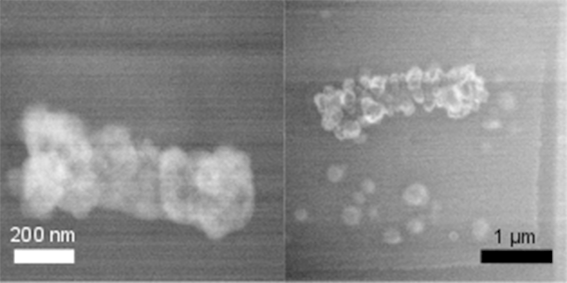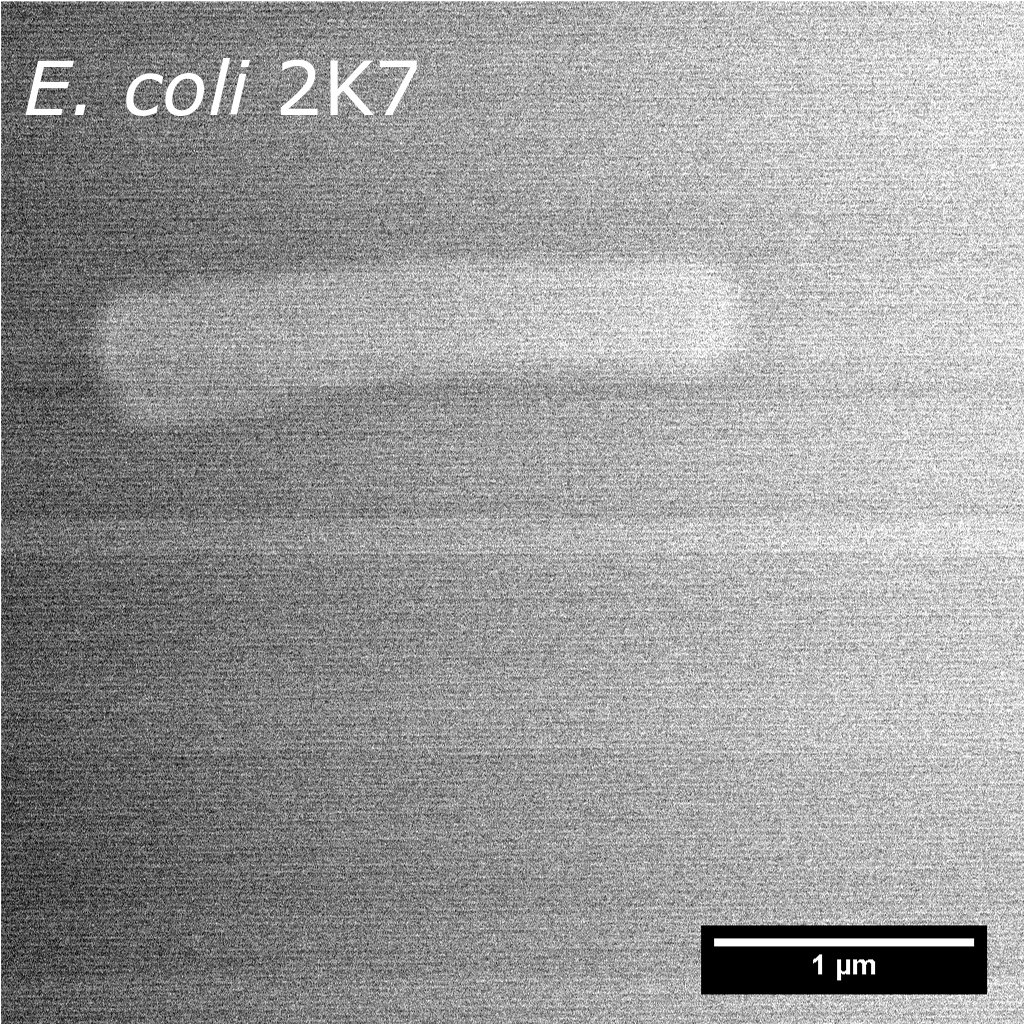First in situ observations of metal biomineralization mechanisms at the bacterial cell level
Scientists from the Institut de Physique du Globe de Paris and the Matériaux et Phénomènes Quantiques laboratory (University of Paris, CNRS), in collaboration with teams from the Muséum National d'Histoire Naturelle and the Institut Pasteur, have succeeded for the first time in characterizing, in a liquid medium and on a nanometric scale, the influence of bacterial cells and the organic polymers they secrete on the formation of a mineral.

Publication date: 03/07/2020
Press, Research
Related teams :
Lithosphere Organosphere Microbiosphere (LOMs)
Related themes : Origins









